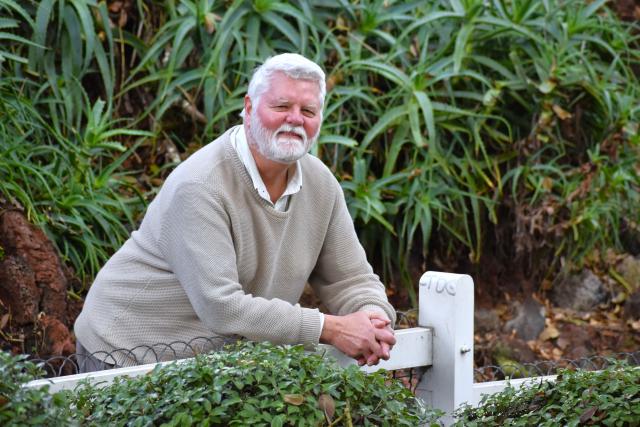
Elsie Adamo
HARDWORK has paid off for a fossil working group after their attempts to get Green Waterhole heritage listed were successful.
The site, more commonly known as Fossil Cave, was confirmed as a State Heritage Place for its palaeontological, speleological and geological significance in late June.
The sinkhole, outside of Tantanoola, contains fossils not found anywhere else in the country. Some specimens found are even new to science and are awaiting description.
Fossils have been found at Greenwater Hole since 1964, but the true significance of the site has not been properly recognised until recently.
Investigations into the status of the site were prompted by a presentation given by Associate Professor Julien Louys to the Department of Environment. Following his presentation, the SA Fossil Heritage Working Group was formed by interested and qualified individuals to help get the site onto a heritage list.
Mount Gambier local, geologist and SA Fossil Heritage Working Group member Ian Lewis said it was clear to the group members something had to be done to protect Green Waterhole.
“Potential damage was being done by divers who could be moving things around,” Mr Lewis said.
“In the fossil world, there is a big trade in illegal fossils all over the world…we had to be really careful to protect it.
“We knew if we could get state heritage status the cave would be subject to a whole lot more rules about who can go in there and what you can and cannot do.”
The working group spent a year preparing an application to get the site heritage status.
The Heritage Council’s 2021 summary of the location said it was highly paleontologically significant for three key reasons.
“First, it is the best example of underwater Pleistocene vertebrate deposits anywhere in Australia,” the summary stated.
“Second, the site contains fossil species found nowhere else in Australia, or else are incredibly rare. These include both bird and kangaroo species.
“Third, the site offers the rare opportunity to study the taphonomy of underwater deposits.”
Only advanced cave divers who are Cave Diver Association members have been permitted to access the sinkhole. The new status will prohibit any visitors from moving or taking anything within the cave.
Mr Lewis said it was fantastic that heritage status had been granted.
“It is a real buzz,” he said.
“We worked for a year, and everyone had their specialised knowledge to help build the case.
“They [the heritage site assessors] complimented us on the thoroughness and the breadth of all the information we had provided.”
The journey will continue for the working group which, Mr Lewis said, will set their sights on other areas of significance that need protection.
“On the heritage list there are 2300 sites around South Australia, but only a couple of hundred of them are natural sites,” he said.
“That is an imbalance in a state with so many wonderful natural features.”
Assoc. Prof. Louys echoed Mr Lewis’s sentiments.
“Some of these sites are at risk of being lost forever,” Assoc. Prof. Louys said.
“They provide not only a window into Australia’s past, but their fossils can help educate and inspire Australians about our environments and are instrumental in understanding how past climate and environmental change affected ecosystems, fauna, and flora.”







